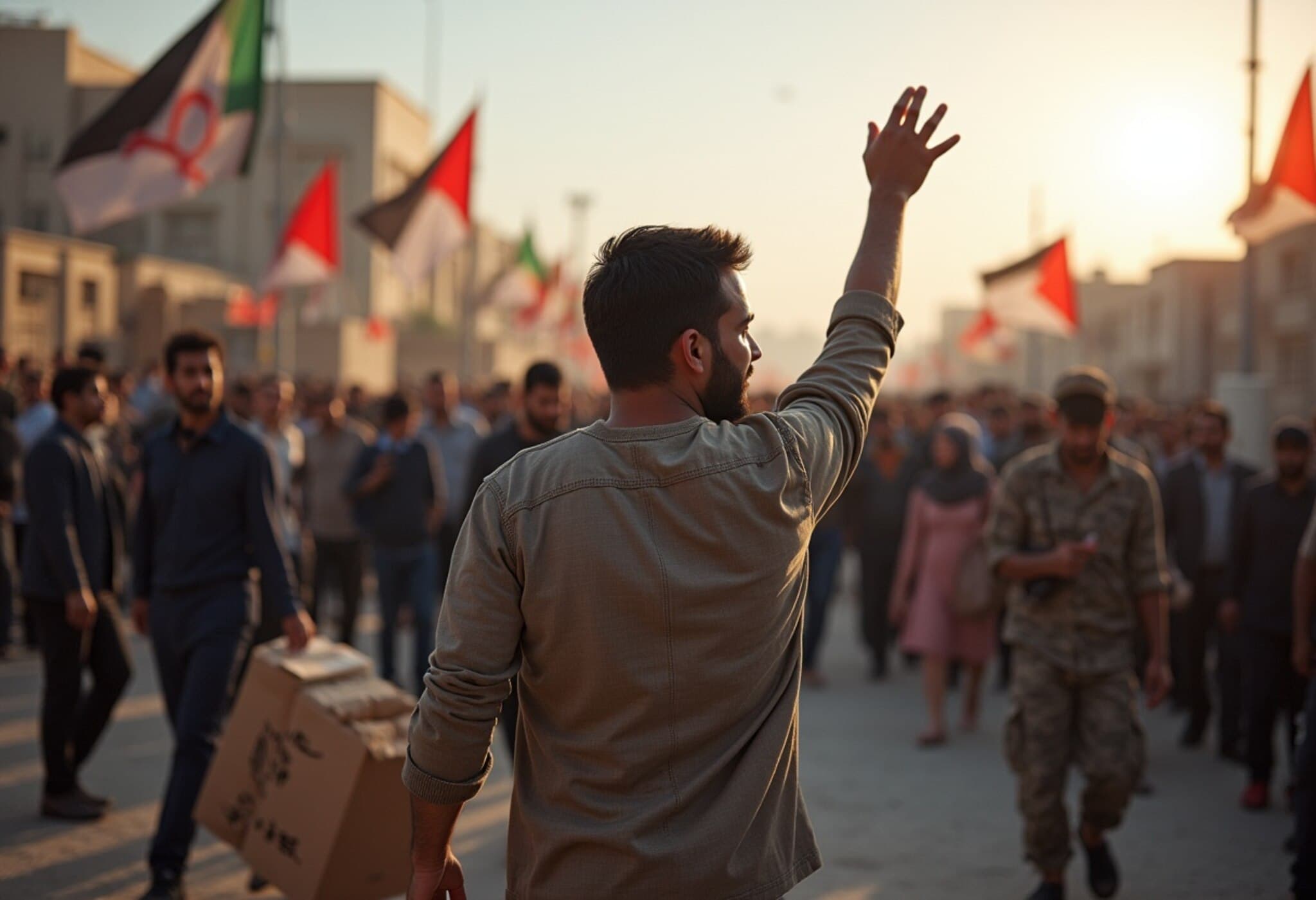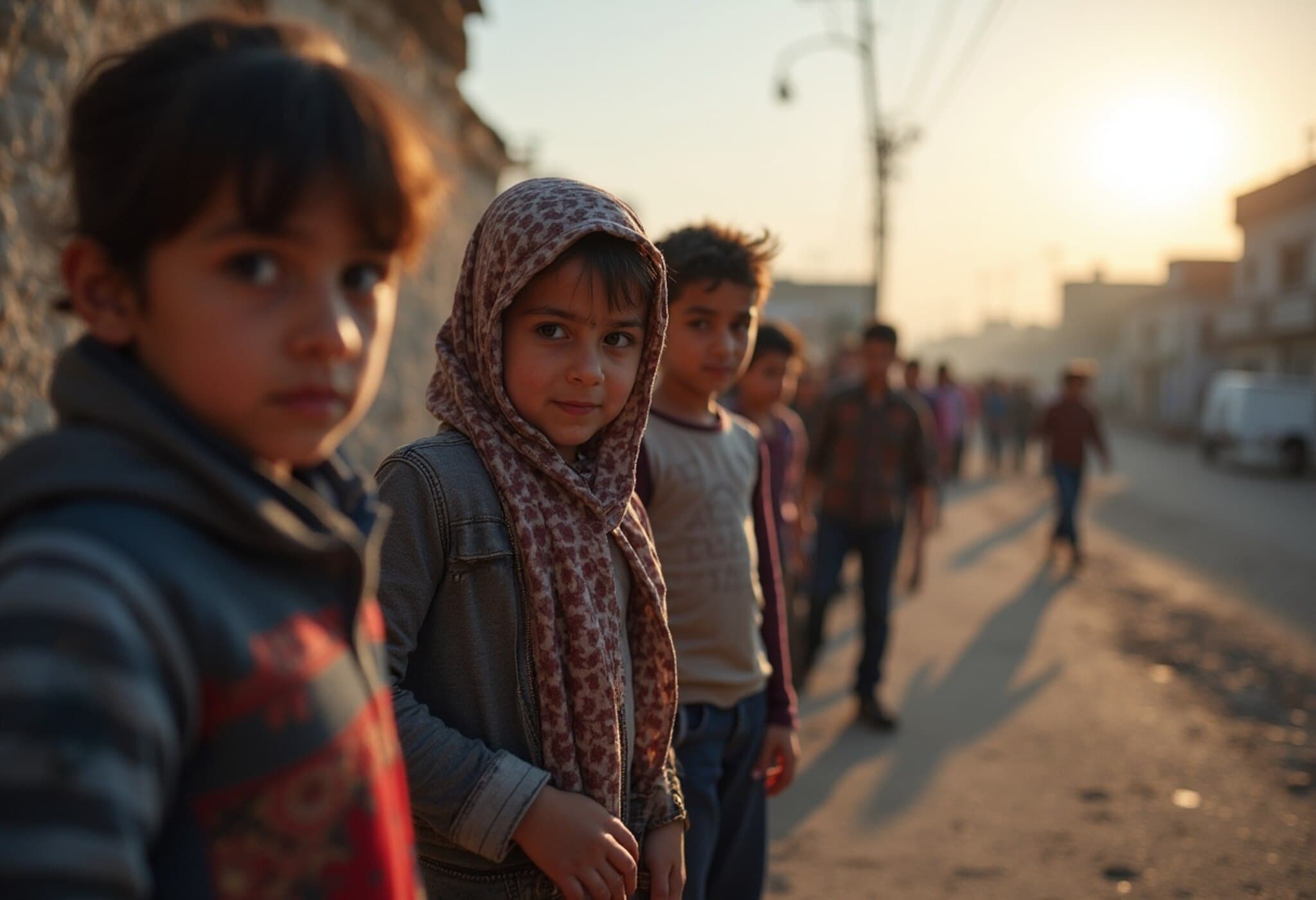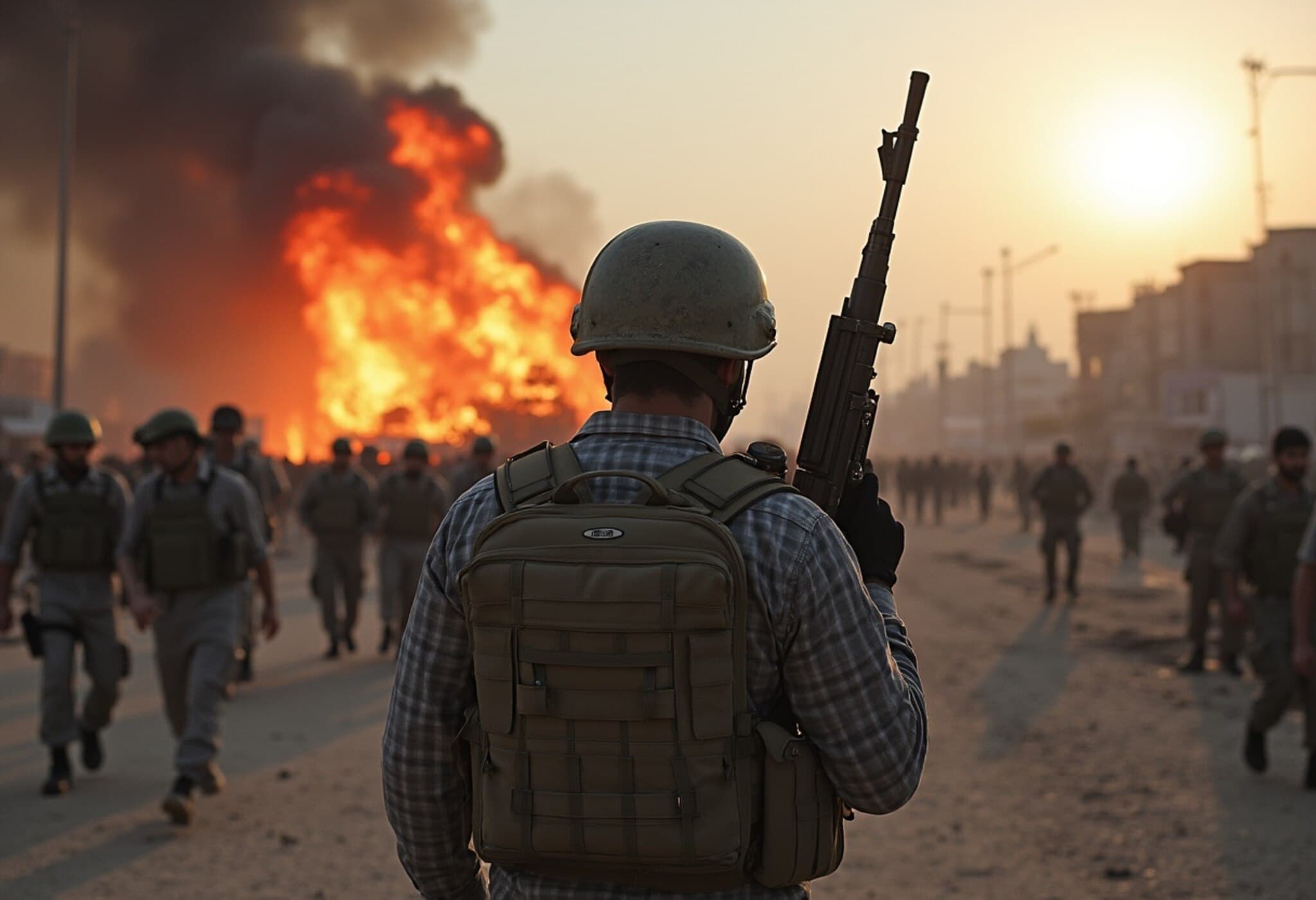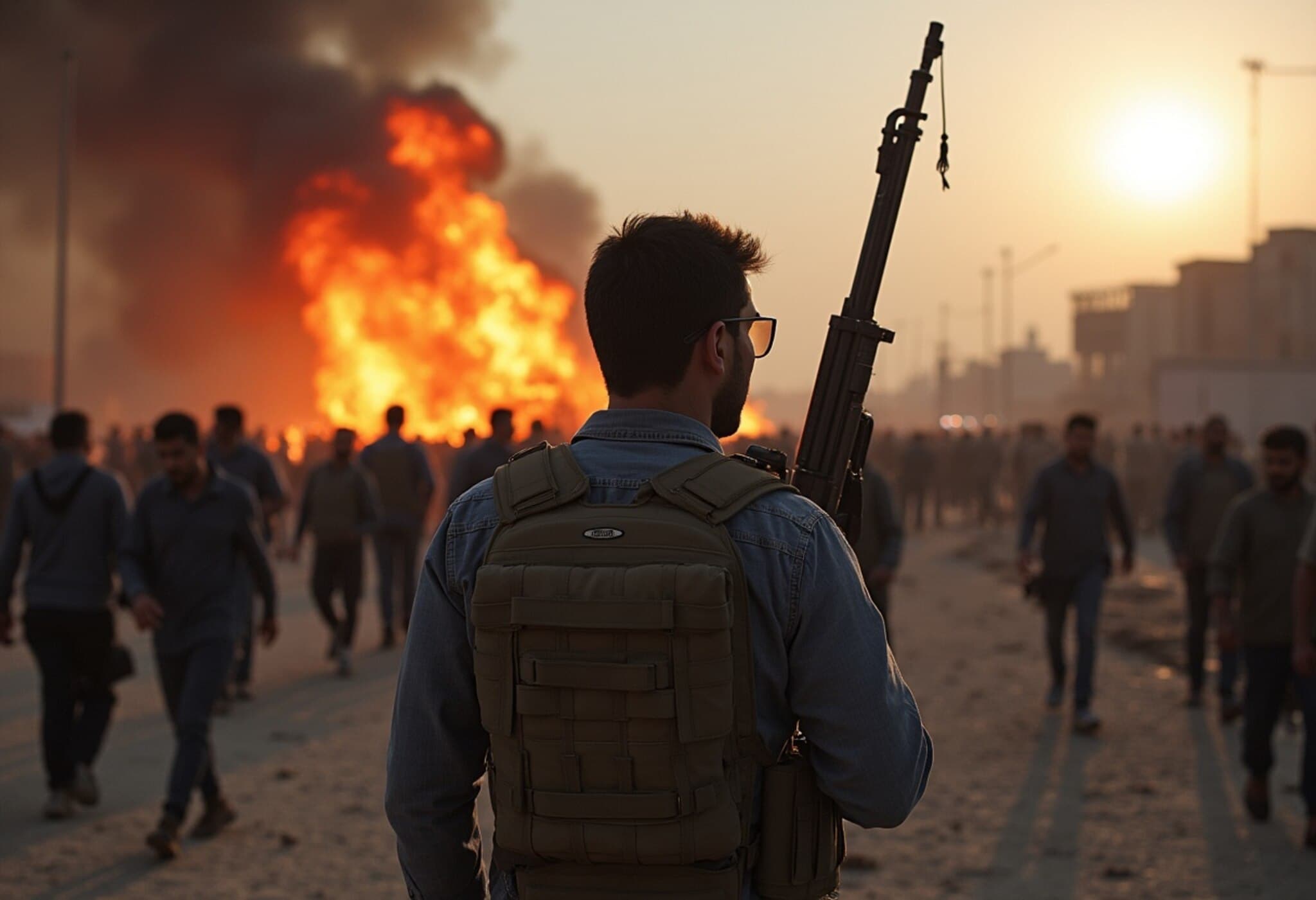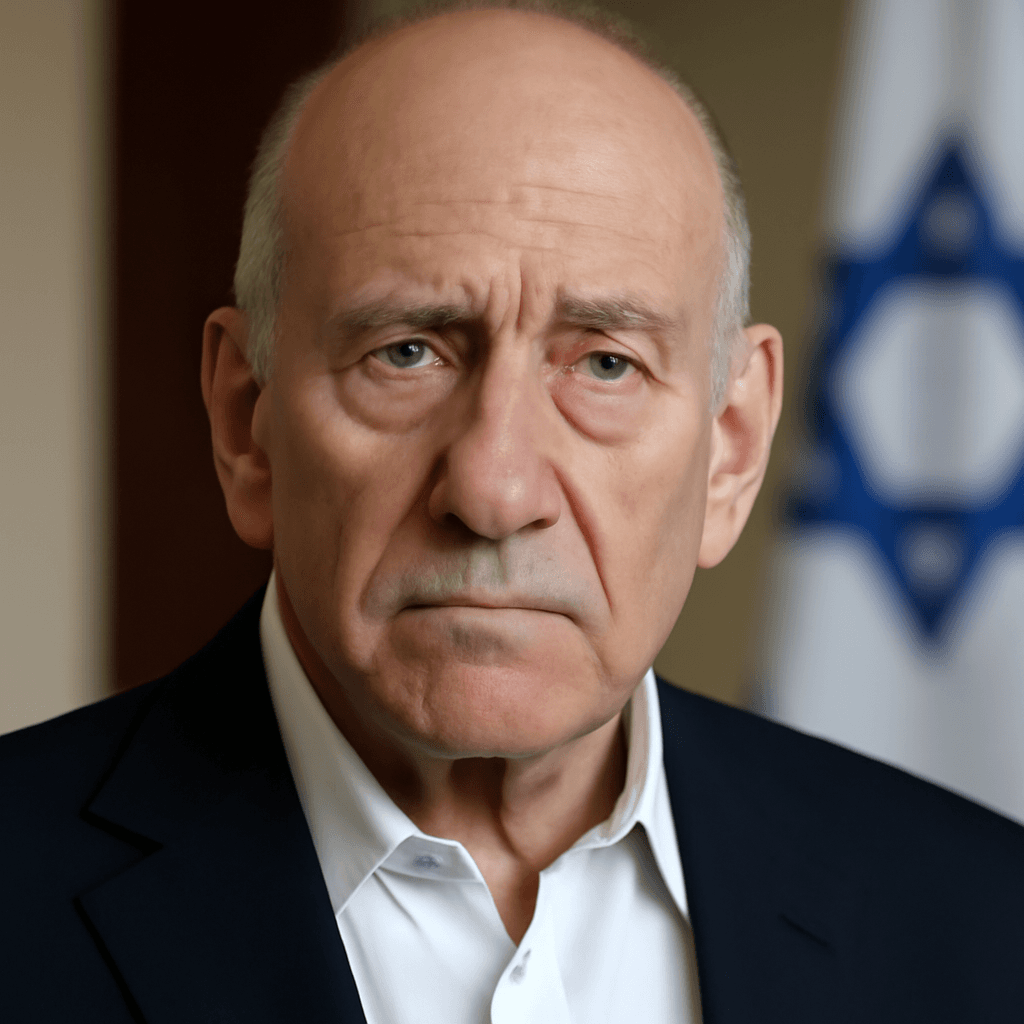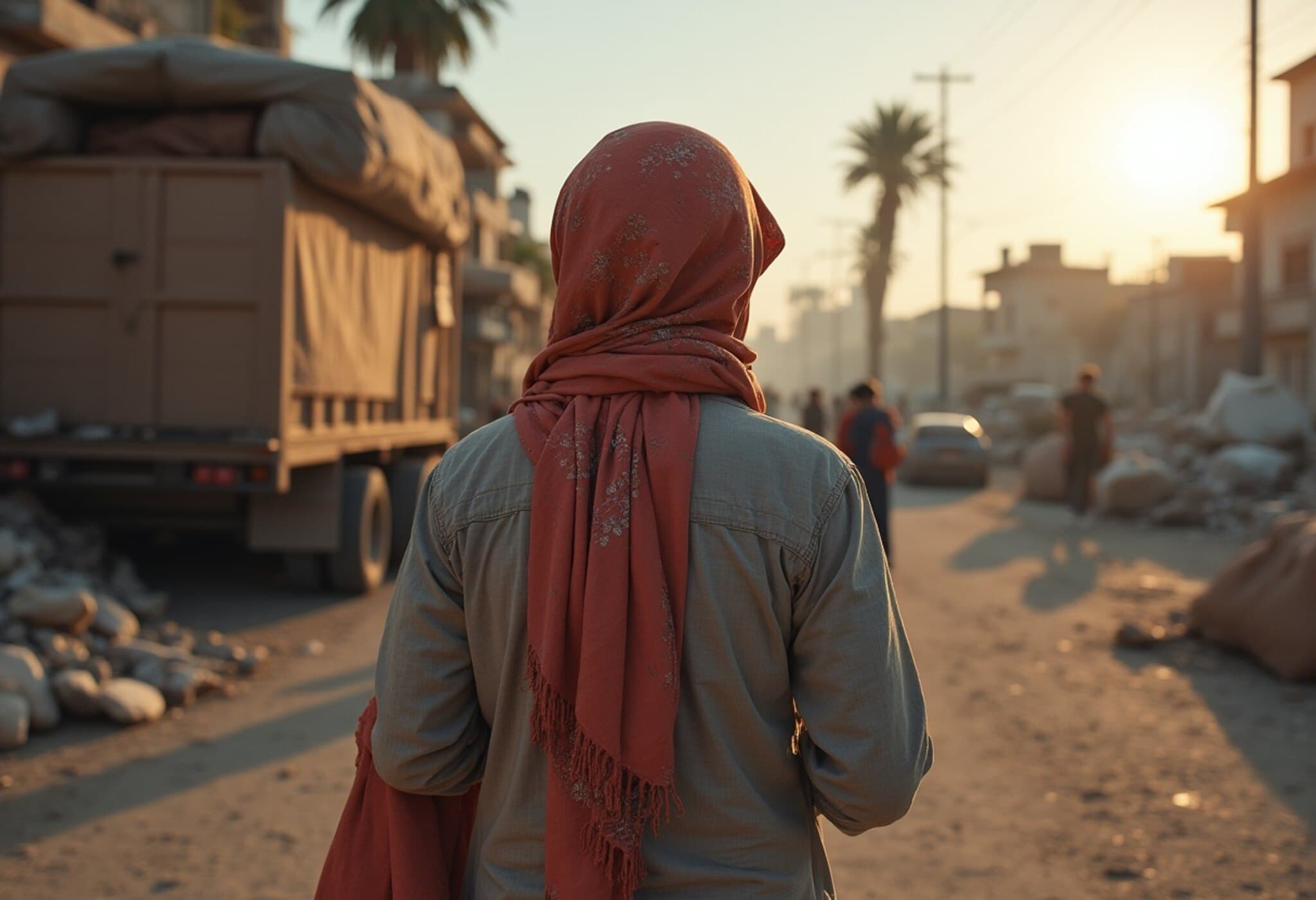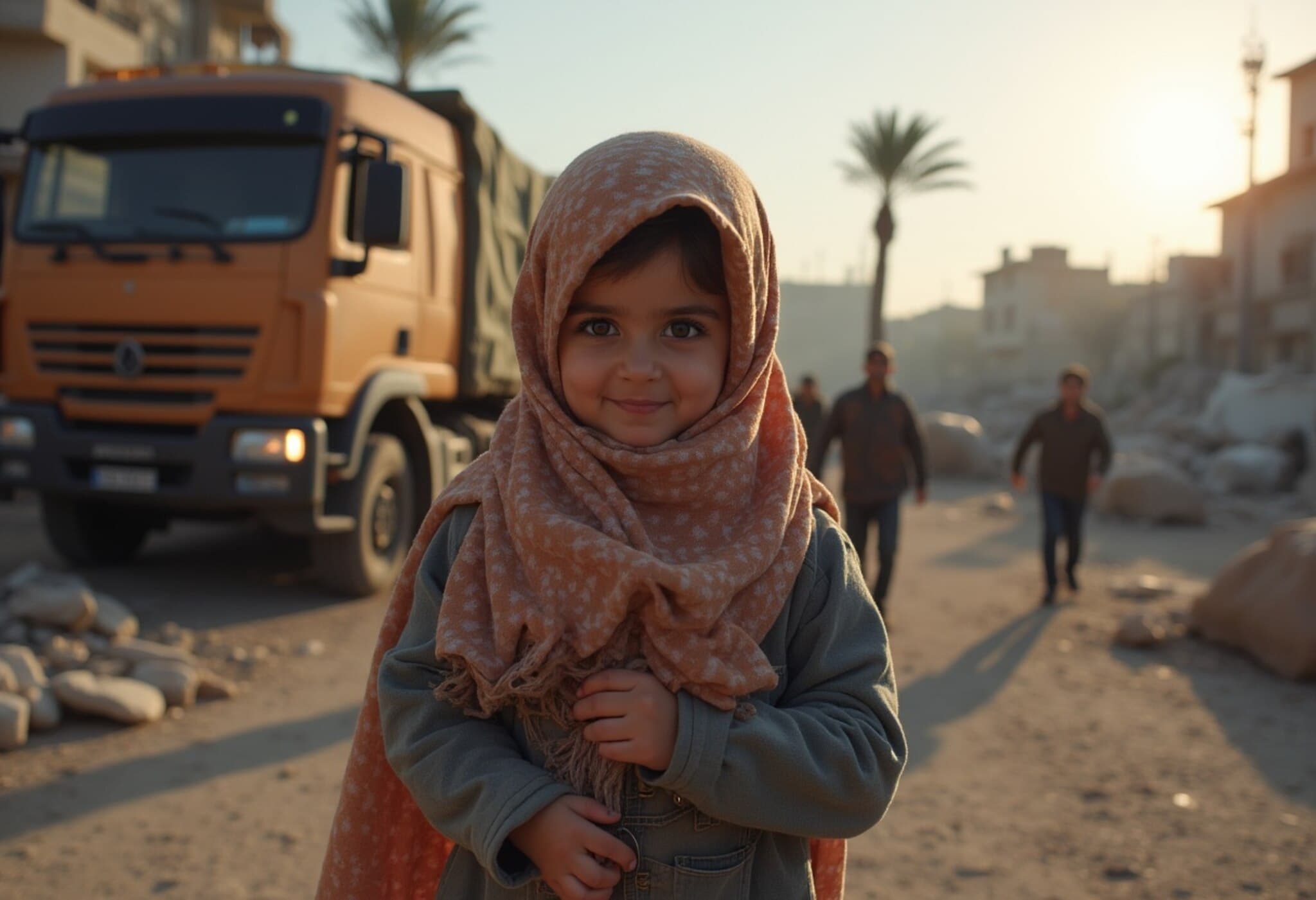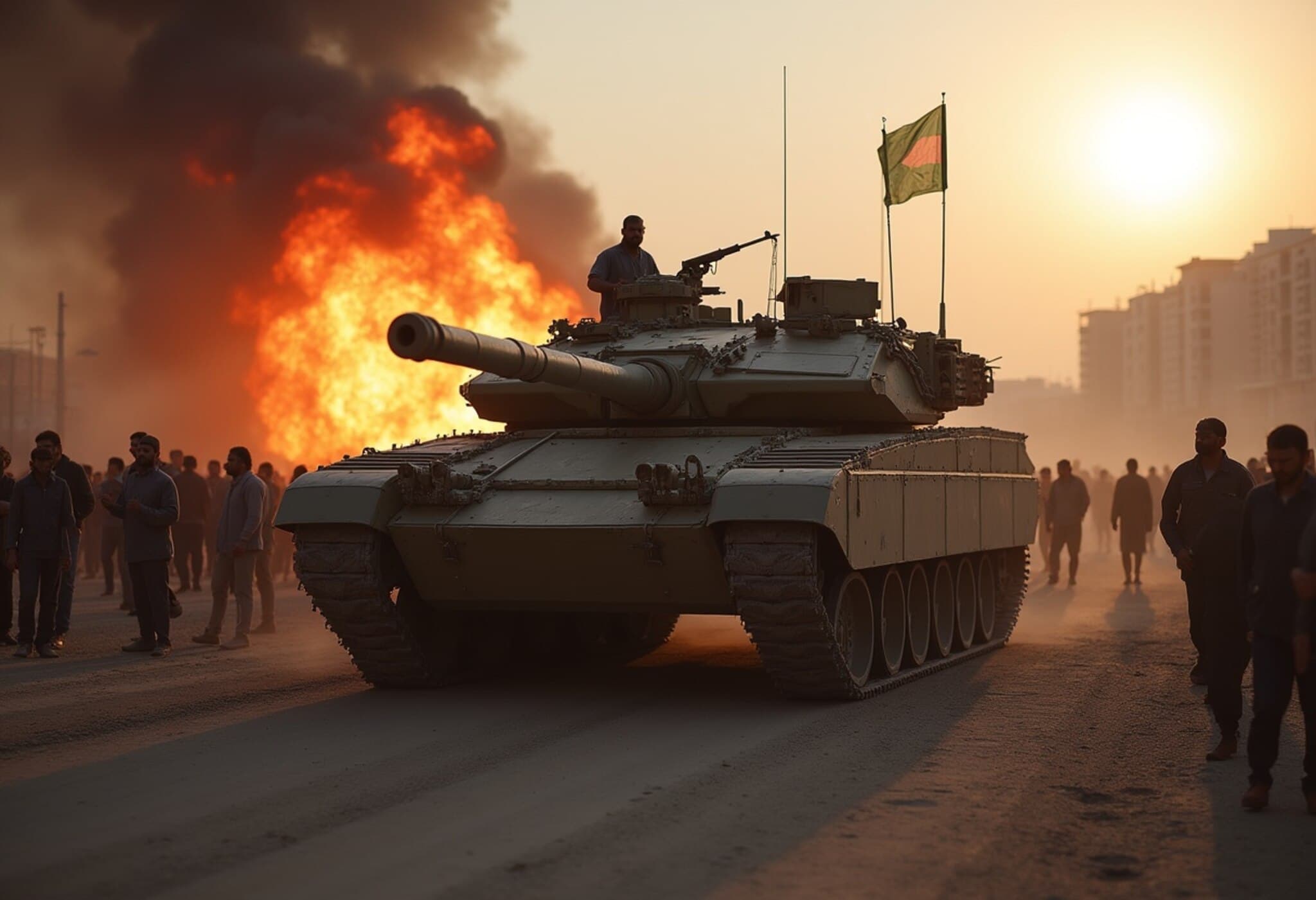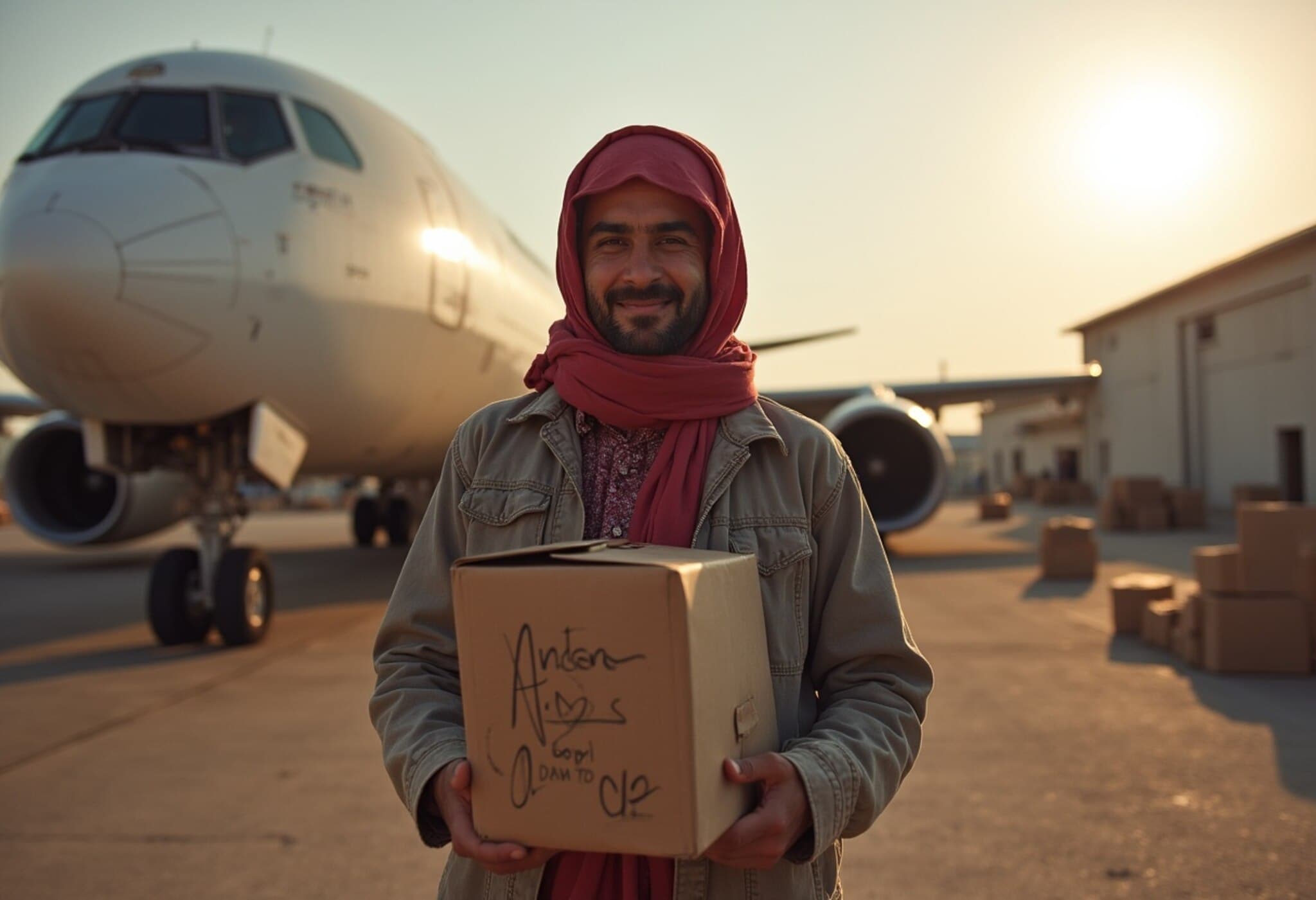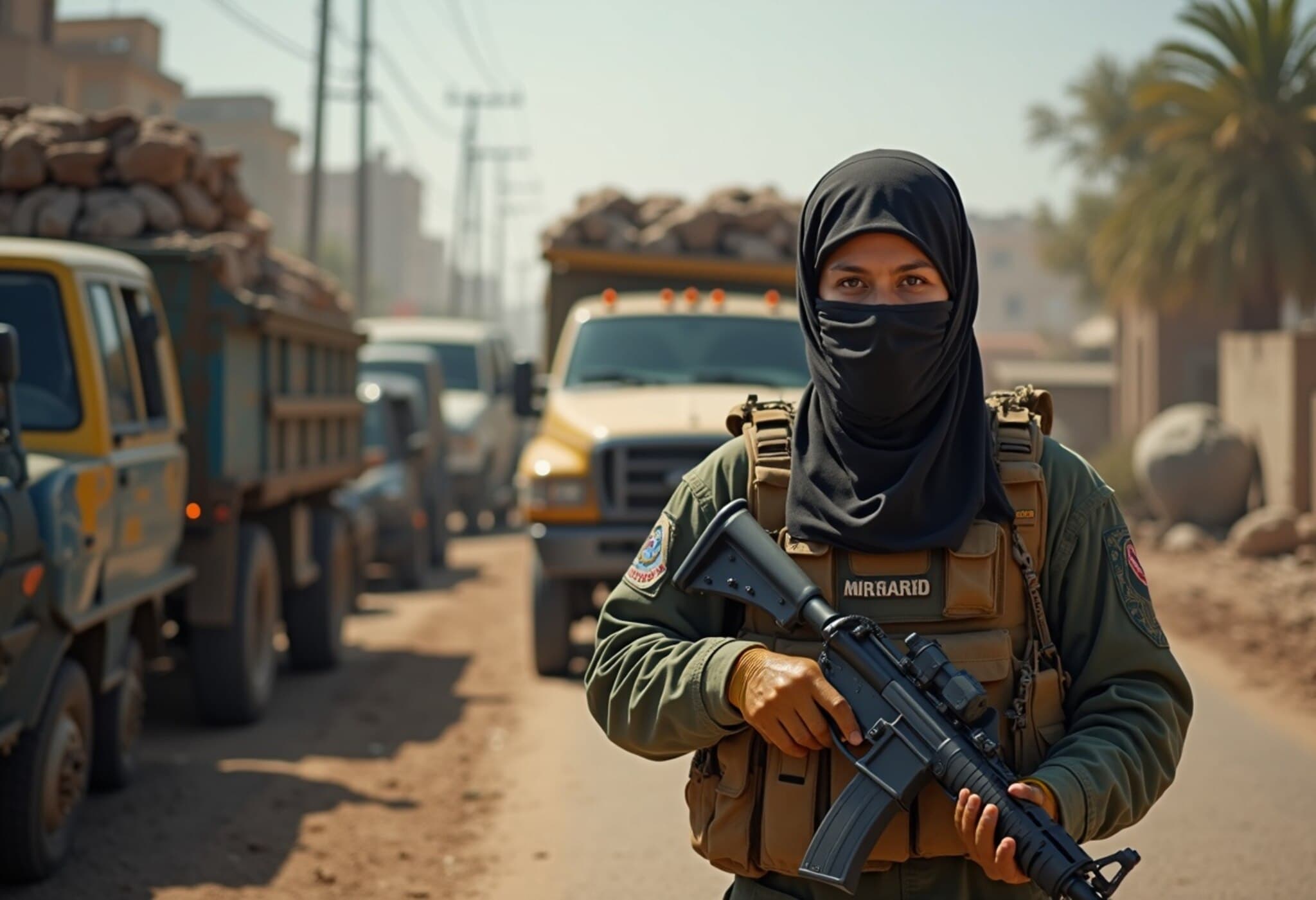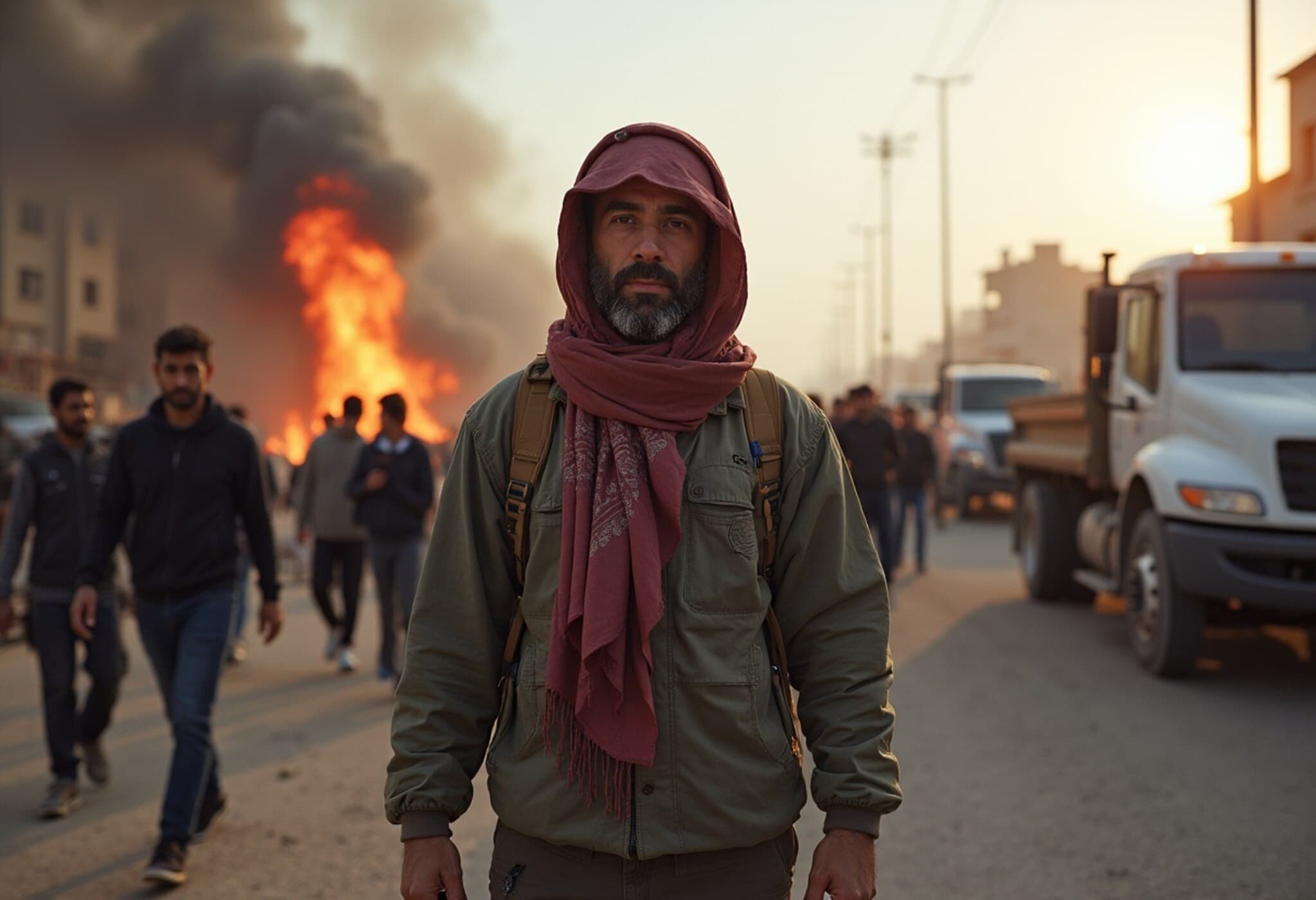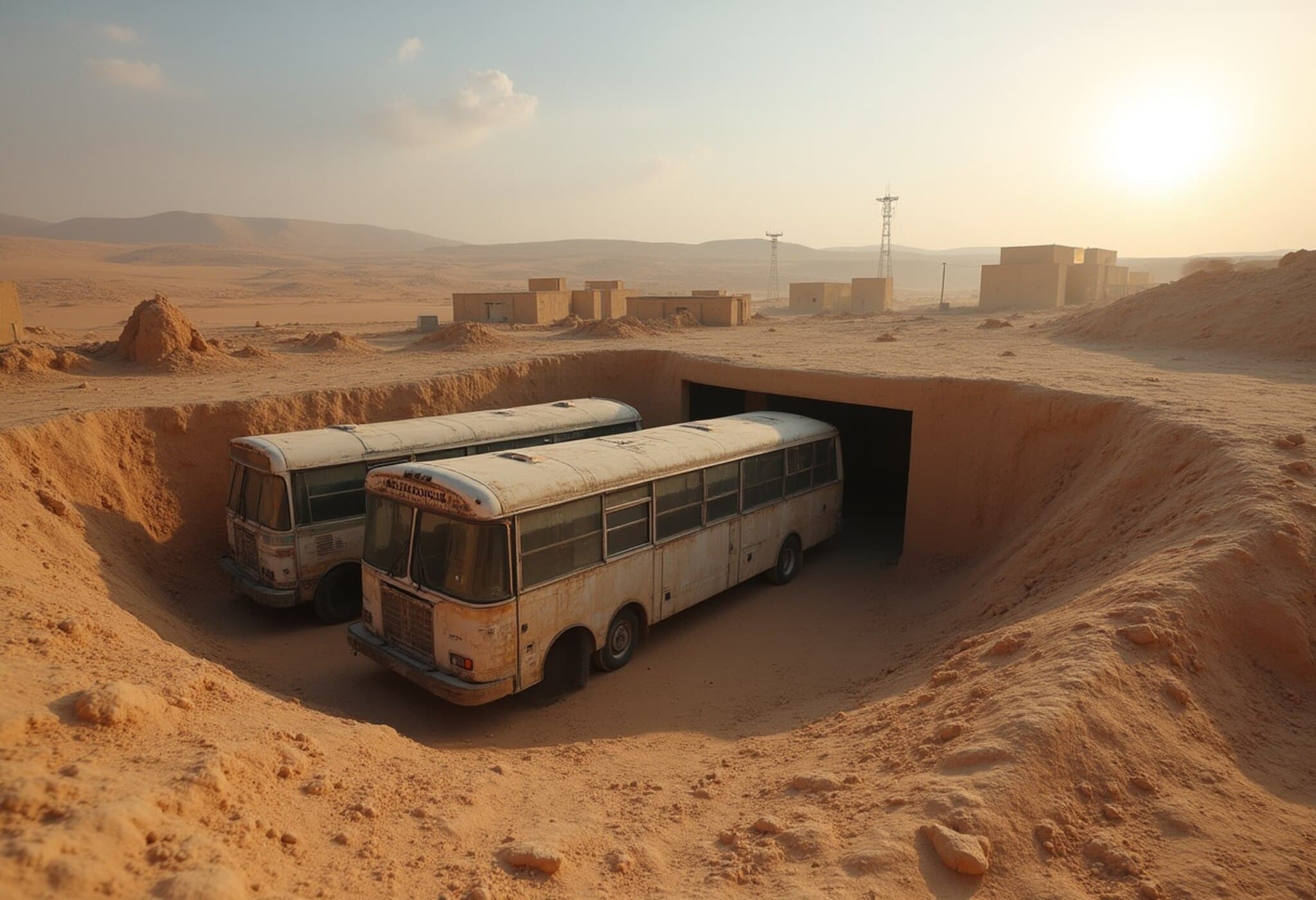Deadly Stampede at Gaza Humanitarian Foundation Aid Distribution Center
On Wednesday, a tragic incident unfolded at an aid distribution site in Khan Younis, southern Gaza, where at least 20 Palestinians lost their lives during a chaotic crowd surge. The center, operated by the Gaza Humanitarian Foundation (GHF) – an organization backed by the United States and Israel – became the scene of one of the deadliest aid-related crushes amid an already dire humanitarian crisis.
Conflicting Narratives: Allegations of Deliberate Instigation
The GHF released a statement accusing elements within the crowd, described as armed and affiliated with Hamas, of intentionally fomenting the disorder that led to the stampede. According to the organization, 19 people were trampled, and one person fatally stabbed during the panic.
Conversely, Hamas denied these allegations, labeling them “false and misleading.” The group instead blamed the incident on both the GHF’s management and the Israeli military's actions in the area.
Eyewitness Accounts Reveal Horrifying Conditions
Multiple eyewitnesses provided harrowing details to Reuters about the chaos. Mahmoud Fojo, a 21-year-old survivor, recounted the gates being locked by guards and the crowd being trapped between these and the outer wire fencing. With the crowd pressing in, many fell and were subsequently crushed.
“People kept gathering and pressuring each other; when people pushed each other…those who couldn’t stand fell under the people and were crushed,” Fojo said. “We thought we were dying, finished.”
The health officials in Gaza reported 21 deaths due to suffocation, and medics described the overcrowding as a critical factor. Notably, neither the GHF nor the Israeli military have provided further comments responding directly to eyewitness reports.
Contextual Background: Aid Distribution Amid Conflict
Since the outbreak of the devastating conflict in October 2023 – triggered by a deadly Hamas attack on Israel – Gaza has been plunged into a humanitarian emergency. Nearly the entire population has been displaced, and widespread hunger persists.
The GHF operates independently from the traditional UN-led aid distribution channels, relying instead on private US security and logistics firms. Israel endorses this approach as a means to thwart accusations that Hamas militants have exploited aid convoys. Hamas vehemently denies any such misuse.
However, the United Nations has criticized GHF’s operational model, highlighting concerns over impartiality and safety — criticisms the GHF denies.
Palestinian NGO Perspectives and Criticism
Amjad Al-Shawa, director of the Palestinian NGOs Network, sharply criticized the GHF’s handling of aid distribution, pointing to mismanagement as a root of the tragedy.
“Thousands come hungry and exhausted; they get squeezed into narrow spaces with scarce aid and no effective organization,” Al-Shawa told Reuters.
Israeli Military Moves and Peace Negotiations
Adding to the volatile environment, on the same day of the tragedy, the Israeli military announced the completion of a new road in southern Gaza. This road, separating several towns east of Khan Younis from the rest of Gaza, is viewed by Palestinians as a strategic maneuver to intensify pressure on Hamas amid ongoing ceasefire talks.
Negotiations, facilitated by Egypt and Qatar with US support since July 6, have yet to reach agreement on core issues. Notably, Hamas has rejected the Israeli demand that it retain control over only 40% of Gaza. Hamas also insists on dismantling the GHF and returning aid distribution to UN oversight.
Senior Hamas official Basem Naim condemned the new road as a sign of Israel’s long-term intentions to maintain control over Gaza, reinforcing the distrust surrounding the peace process.
Human Cost and Current Toll
Tragically, local Gaza health officials report that Israeli strikes killed at least 87 people in the last 24 hours alone. Since the conflict’s escalation, over 58,000 Palestinians have died, with nearly 1,650 Israelis and foreign nationals also losing their lives.
Underreported Questions and Regional Implications
- How can humanitarian aid be securely and impartially distributed in conflict zones rife with mistrust? The GHF’s model, while aimed at bypassing militant interference, raises critical questions about efficacy, safety, and neutrality.
- What role should international and regional actors play in safeguarding civilians during aid operations? The complex interplay between military operations and humanitarian imperatives demands more robust frameworks.
- How might infrastructure projects, like the Israeli military’s new road, influence ceasefire negotiations and the daily lives of Palestinians? Such developments can exacerbate tensions, impacting peace prospects.
Editor's Note
The tragic stampede in Gaza’s humanitarian aid center starkly illustrates the human toll behind political and military complexities. While accusations fly between factions, the pressing issue remains safeguarding vulnerable civilians amidst constant threat and scarcity. This incident underscores the urgent need for transparent, coordinated humanitarian efforts and renewed diplomatic resolve. As peace talks continue with no breakthrough yet, questions about the future of aid delivery, territorial control, and civilian safety loom large over Gaza’s fractured landscape.
Our coverage will continue to unpack these challenges, emphasizing reliable information, human stories, and expert analysis to deepen public understanding of this ongoing crisis.

